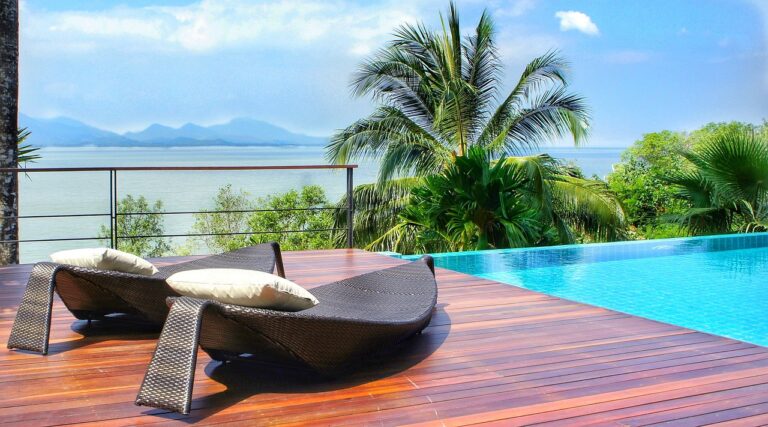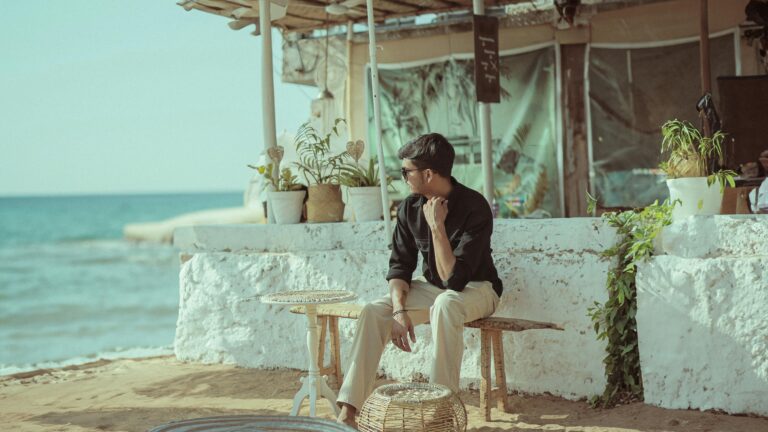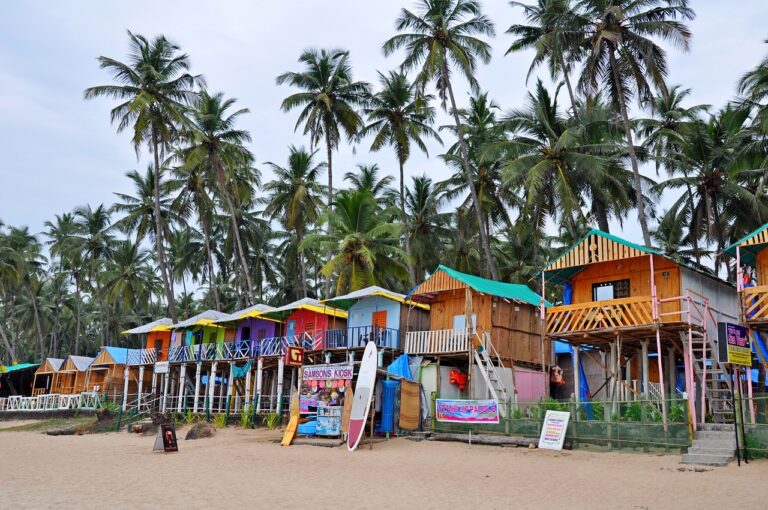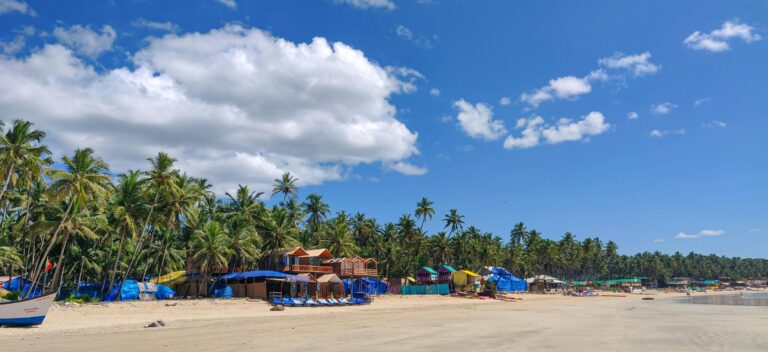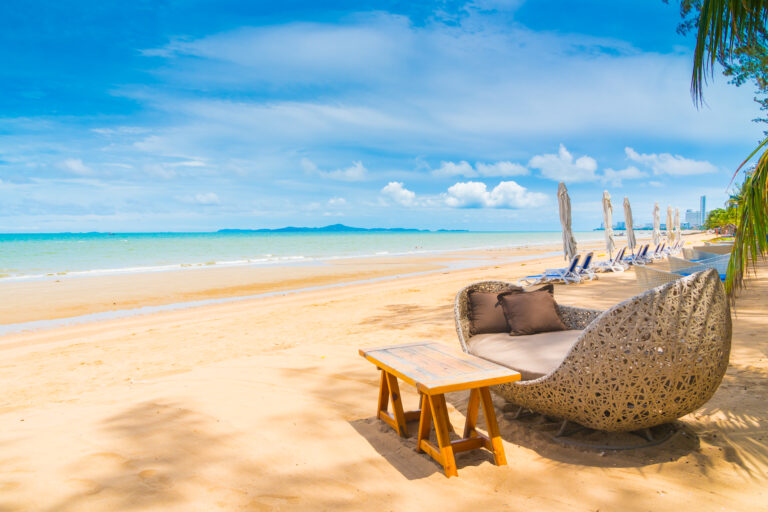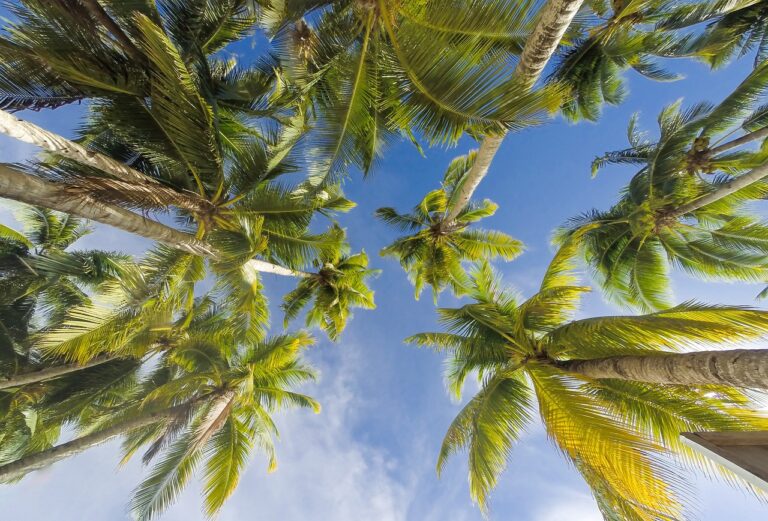Is It Safe to Swim in Goa?
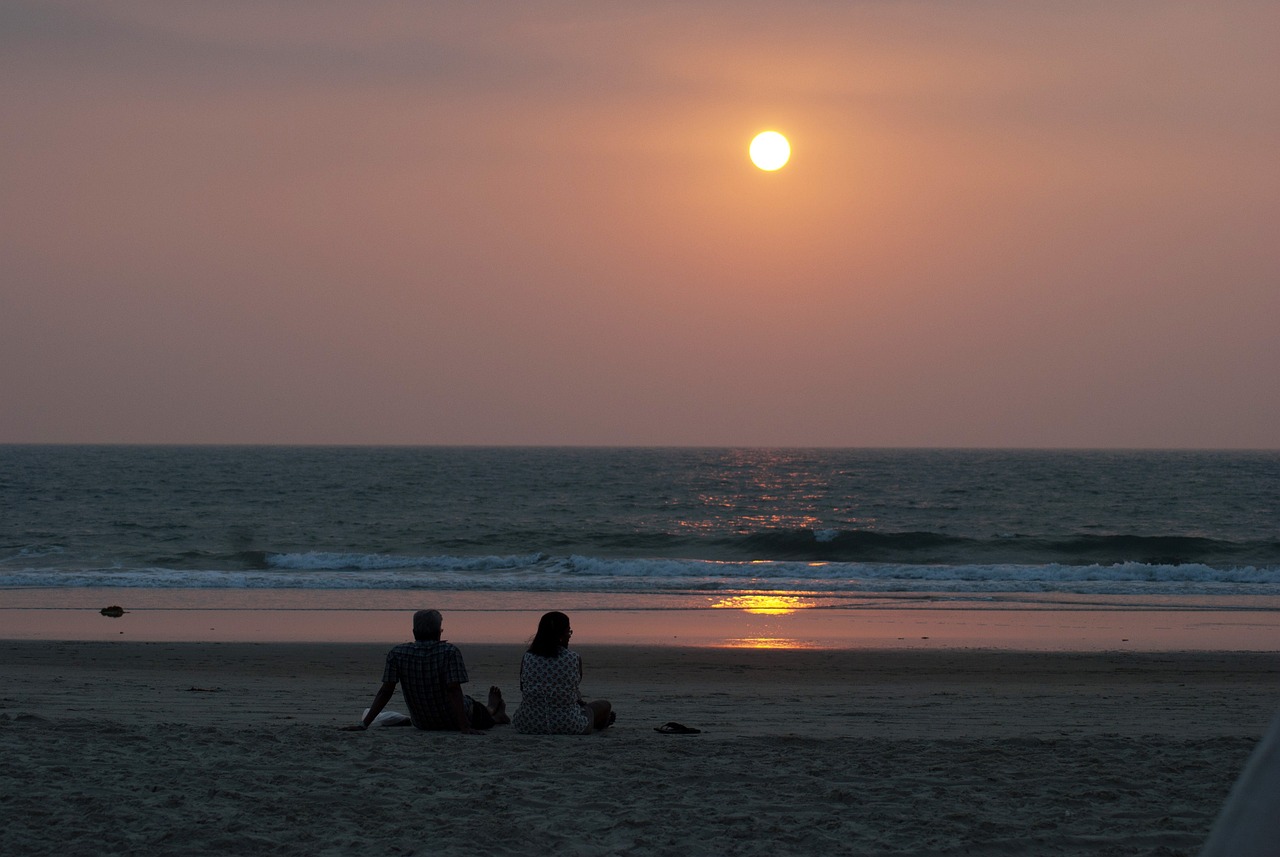
Goa, with its sun-kissed beaches and vibrant atmosphere, attracts visitors from all over the world. While its beaches are known for beauty, safety in the water is a key concern for many tourists. Is it safe to swim in Goa? The short answer is yes, but only when you’re mindful of certain factors. From monsoon season challenges to marine hazards, it’s important to stay informed before taking a dip in Goa’s waters. Let’s dive into the details.
Is it Safe to Swim in Goa?
Yes, swimming in Goa is generally safe, but it largely depends on the location, season, and awareness of local guidelines. Goa’s beaches are often monitored by lifeguards, making popular beaches safer.
However, swimming should always be done in designated areas. Avoid venturing too far out or swimming at night. Pay attention to lifeguard warnings and follow flag signals that indicate the safety of water conditions.
- Lifeguard Presence: Always swim on beaches that have lifeguards present. Lifeguards monitor the sea conditions and respond to emergencies.
- Flag System: Pay attention to the color of the flags on the beach. Red means dangerous conditions, yellow indicates caution, and green flags show it’s safe to swim.
- Water Currents and RipTides: Goa’s beaches can have strong undercurrents. Be aware of the warnings and avoid swimming in areas with visible strong currents.
- Jellyfish and Marine Life: During certain seasons, jellyfish and other marine life may be more common. Look for any warnings about sea creatures that might pose a threat.
- Avoid Alcohol Before Swimming: Alcohol consumption is common at the beach, but it can impair judgment and swimming ability, making it dangerous to swim under the influence.
- Designated Swimming Areas: Always swim within the designated swimming areas, which are marked by buoys or flags. These zones are usually safer and monitored.
- Tides and Changing Sea Levels: Check the tide timings and avoid swimming during high tides, as the waves can be rougher and more unpredictable.
- Avoid Swimming at Night: It’s not safe to swim after dark due to reduced visibility and lack of lifeguards on duty.
- Weather Conditions: Check the weather forecast before heading to the beach. Monsoon season (June to September) can bring rough seas, making swimming dangerous.
- First Aid and Emergency Services: Be aware of the location of first aid stations or any nearby emergency services in case of injuries or accidents.
Monsoon Season and Rough Seas
One of the riskiest times to swim in Goa is during the monsoon season, from June to September. During these months, the sea conditions become treacherous with high tides, strong currents, and unpredictable weather. Many beaches prohibit swimming during this time, as drowning risks increase. If you’re visiting during the monsoon, it’s best to avoid swimming altogether. Stick to exploring Goa’s inland attractions or relaxing by a pool instead.
Safety Measures Taken by Goa’s Lifeguard Services
Goa’s lifeguards play a crucial role in maintaining beach safety. Popular beaches such as Baga, Calangute, and Palolem have well-trained lifeguards on duty throughout the day. The lifeguards utilize a flag system to indicate safe swimming conditions. A green flag means it’s safe to swim, yellow indicates caution, and a red flag means no swimming allowed. Respecting these signals is key to staying safe.
Best Beaches for Safe Swimming
Some beaches in Goa are particularly known for their calm waters and family-friendly atmosphere. Beaches like Palolem, Agonda, and Colva offer relatively tranquil waters, making them ideal for safe swimming. These beaches are also equipped with lifeguards, providing added security for tourists.
Safety Guidelines for Tourists
Here are a few tips to ensure safety while swimming in Goa:
- Always swim in designated areas marked by lifeguards.
- Avoid swimming during monsoon season or at night.
- Stay clear of secluded beaches without lifeguards.
- Pay attention to weather conditions and warnings.
- Don’t swim after consuming alcohol.
First Aid Facilities and Emergency Services
Most popular beaches in Goa have nearby first aid and emergency facilities. Lifeguard stations are equipped to provide immediate assistance in case of minor injuries or accidents. Some beaches also have nearby clinics or hospitals to attend to more serious situations.
Best Seasons to Swim in Goa
The ideal time for swimming in Goa is from November to April when the seas are calm and the weather is pleasant. The monsoon season (June to September) is best avoided due to rough seas and strong currents.
Private Swimming Services and Hire a Villa
Private parties such as Hire A Villa provide couple-friendly villas with swimming pools, ensuring privacy and a relaxing environment. Their luxurious villas come with personalized services like private pools, ensuring that guests can enjoy a safe and intimate swimming experience without the risks associated with public beaches. Staying in a villa close to the beach also offers flexibility for beach lovers who want both access to the ocean and a private swimming area.
Popular Hire A Villa Stays Near the Beach:
- Villa Palm Retreat – ₹12,000 per night
- Seaside Serenity Villa – ₹15,000 per night
- Ocean Breeze Villa – ₹10,500 per night
Each of these villas offers high-end amenities, 24/7 security, and proximity to the beach, making them ideal for tourists looking for safety and luxury.
Conclusion
Swimming in Goa can be a fun and safe activity when done with caution. Understanding local conditions, paying attention to lifeguards, and staying in a secure environment like a private villa can enhance your experience. Hire A Villa provides a great option for those looking to combine beach access with the comfort and safety of a private swimming area, ensuring a memorable stay in Goa.

